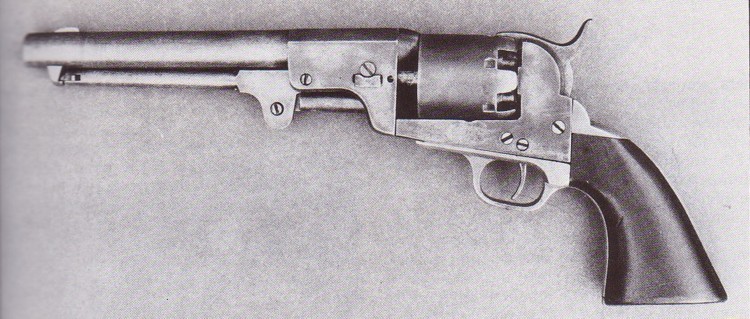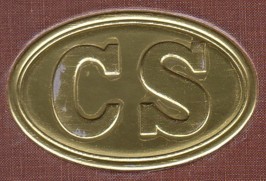

|
Texas-made revolvers
|
THE J.H. DANCE & Bros COMPANY
Telling the whole story of the Dance family in this chapter would be too long. Let's simply say that the family was established in Virginia since 1675. Some of its members served during the American revolution for North Carolina. The family migrated from Virginia to North Carolina, then to Alabama and finally to Texas. The 4 Dance brothers settled in Brazoria County, Texas, in 1853, where they became the most important gunmakers of the history of Texas, and one of the most important family of gunmakers for the Confederacy.
According to some people, the Dance company has to be considered only as a "secondary" Confederate gun manufacture, for it has never secured any contract with the Confederate Government. This is not true, since not only the factory did furnish revolvers to the Confederate army, but before the war ended, the factory was sold out to the Confederate government.
The brothers James Henry, George Perry, David Etheldred and Isaac Claudius Dance joined their cousin Harrison Perry Dance to form the J.H. Dance & Bros company, located in the city of Columbia, Texas, which was situated on the banks of the Brazos river near Houston and Galveston.
First known as a steam machines factory, the company ceased all activities when the war broke out, and concentrated all efforts on the manufacture of revolvers for the Confederate army. The decision seems to have been taken late 1861 or early 1862.
It is interesting to note that the Dance brothers never received any financial assistance from either the Confederate government nor the Texas Military Board to start the production. This must have been quite an undertaking for those people who had no experience at all in gun making. Also, the four brothers all entered the army by enlisting in the 35th Texas Cavalry.
The brothers did better than any other Confederate revolver maker in getting their factory into production. Records from the National Archives indicate that on May 1st, 1862, David, George and Isaac were detached to the factory, where they remained until the end of the war. Despite the difficulties encountered to find skilled workers due to the Confederate Conscription Act, they managed to locate 35 skilled workers and to have them detached to the factory as well.
In november, 1863, the factory was moved to Anderson, Texas, where another Confederate government factory was located.
The J.H. Dance & Bros is the fourth most important revolver manufacturer of the Confederacy, and the only one to have produced both .44 and .36 calibre revolvers. Based on the serial numbers found on the few guns that have survived, one estimate that a total of 350 .44 calibre revolvers were produced, and about 135 of the .36 calibre.
THE DANCE REVOLVERS
Like so many other Confederate revolvers, the Dance are made on the Colt Navy pattern. The .44 and .36 calibres are identical in all respects, except for their dimensions.
The most remarkable characteristic of these revolvers is the lack of a recoil shield on most of them. A lot of speculations circulate about that matter, but one of the simplest explanations would be that the available steel cakes for casting the frames were not thick enough to allow shields to be made.
Yet a part of the production has been provided with recoil shields, and there is even one known specimen that shows evidently that it was first made with shields, but that the shields were cut away afterwards.
There is no maker's name on the Dance revolvers, but most of them bear serial numbers. On some guns though, those numbers are replaced by various combinations of zero's, diamonds and stars; others bear no marks at all. Thos are believed to have been sold on the civilian market.
The revolvers usually have a round barrel, however some specimens are known with a full octagonal barrel. All of them are rifled with 7 lands and grooves turning clockwise, with no gain twist.
The .44 calibre Dance revolvers have the same dimensions as the Colt Dragoon revolver, but they are lighter in weight. They also have a shorter cylinder, which means they are less powerful than the Dragoon. Picture 1 shows a comparison between a genuine Colt Dragoon 2nd model (up) and a .44 calibre Dance (bottom).
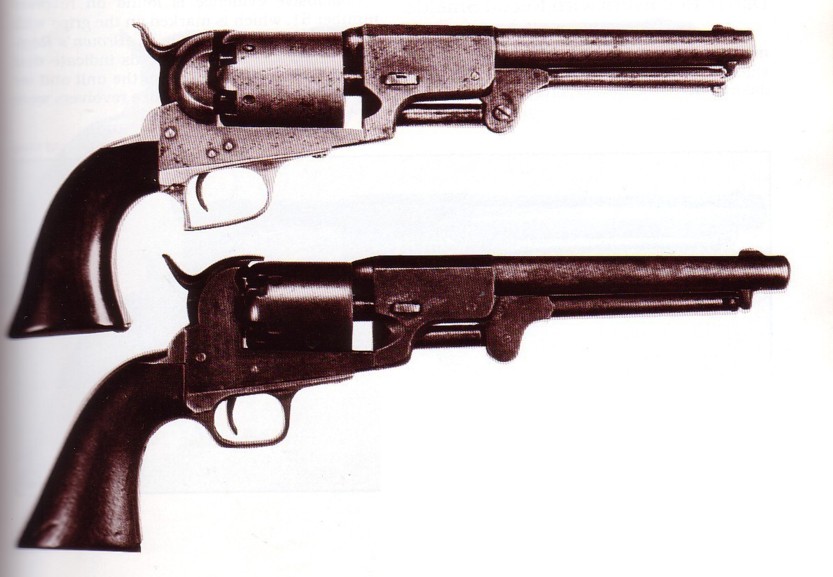
The trigger guard on all Dance revolvers is very thick, although a much more thinner one can be observed on the early productions.
The .36 calibre Dance revolvers are much more scarcer than the .44 calibre ones. It seems like not more than 135 were made, and very few have survived. Three among them known today, serial numbers 48, 50 and 51, have recoil shields.
All Dance revolvers have one misplaced screw, due to the use of a bad wooden jig for drilling the hole.
Picture 2 shows a revolver with round barrel and without recoil shields, compared to one with a full octagonal barrel and recoil shields. Both are of the .44 calibre.
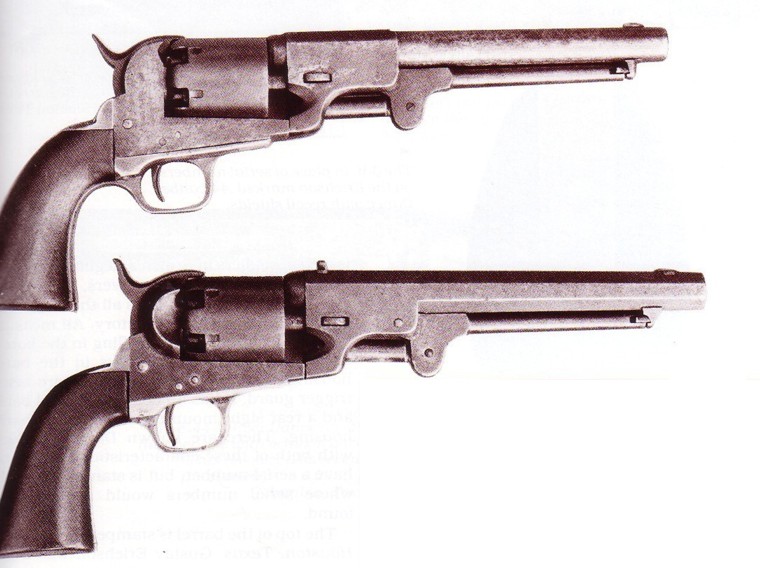
Picture 3 shows the .36 calibre revolver with serial # 135, the highest known serial number known today in that calibre.
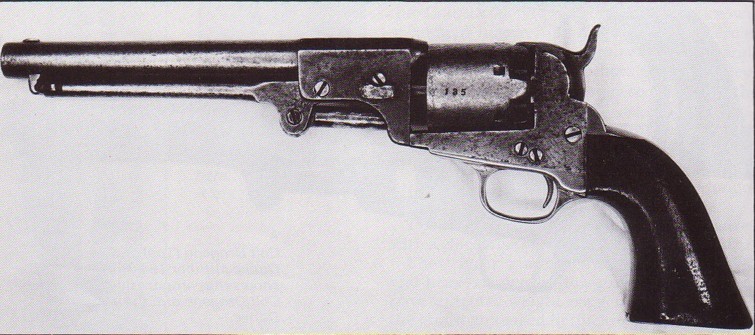
Only one gun in the .44 calibre is known with the name of "G. Erichson, Houston, Texas" stamped on top of the barrel. Erichson was a dealer established at Houston, and he had probably bought some Dance revolvers and put his own name on them prior to sell them (picture 4).
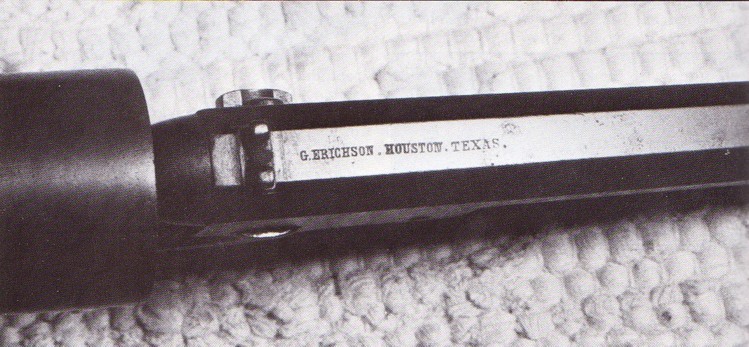
Finally, one single .44 calibre Dance revolver unfired and in mint condition, has survived. It has serial # 296 (picture 5).
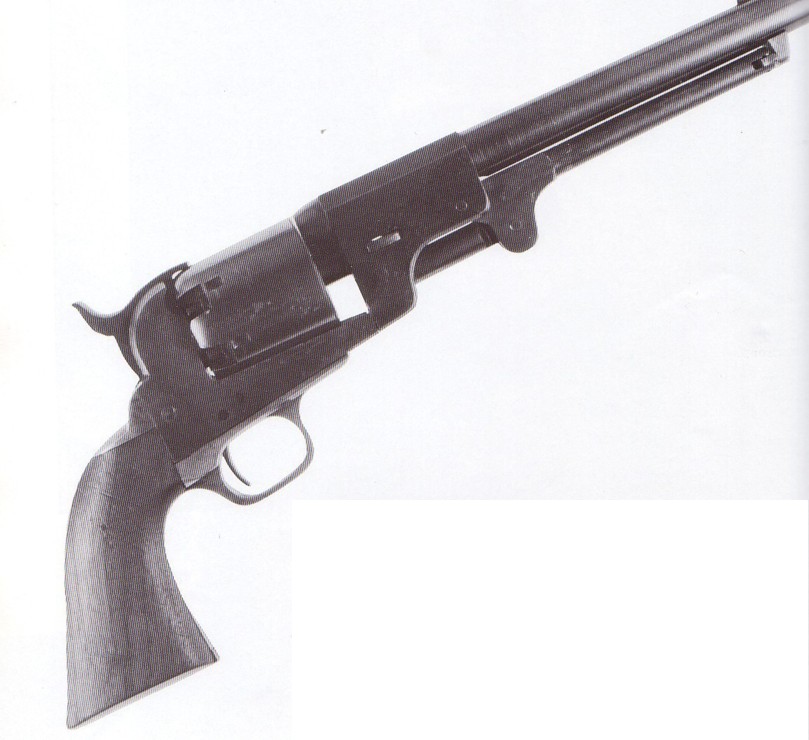
Picture 6 shows the Apache Chief Geronimo, armed with a Dance .44 calibre revolver. (The picture must have been taken later, for Geronimo is wearing a belt with cartridge catches, which did not exist yet in the Civil War era).
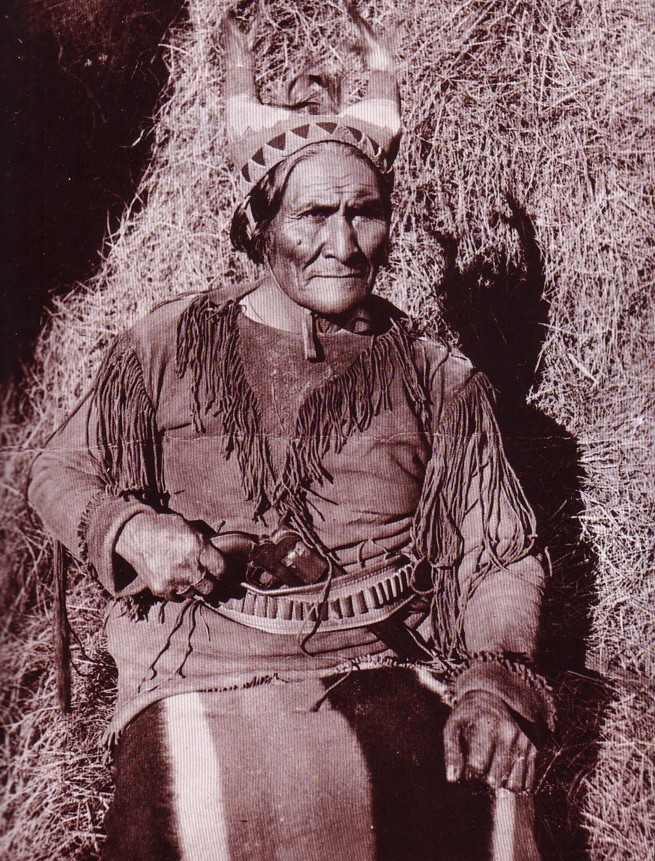
Marcel
Copy of Colt Dragoon.
